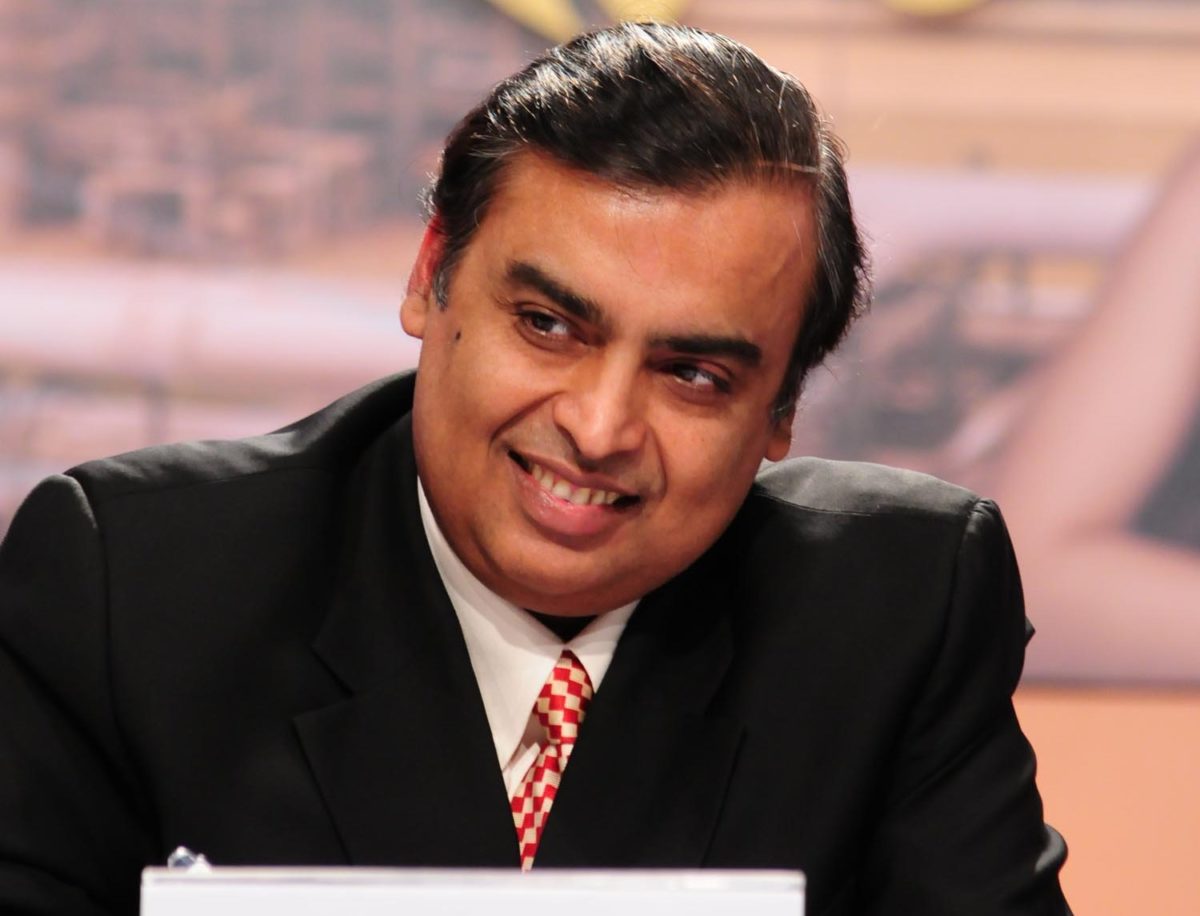Mukesh D Ambani, chairman and managing director of Reliance Industries Ltd, said this week Reliance will commence the production of its solar photovoltaic (PV) modules by the end of this year. In the following quarters, the group will complete the first phase of its integrated solar production facilities including modules, cells, glass, wafer, ingot, and polysilicon, with an initial annual capacity of 10 GW.
The giga-factory is designed for modular expansion and can be expanded to 20 GW at minimal cost and shortest time possible.
Notably, Reliance has committed INR 75,000 crore to establish an integrated manufacturing ecosystem for solar value chain, battery energy storage systems (BESS) and electrolysers at Jamnagar, Gujarat. Housed at the Dhirubhai Ambani Green Energy Giga Manufacturing Complex, this will be the world’s largest, most modern, modular, and integrated ecosystem at a single location.
Reliance is set to disrupt the solar market with the introduction of solar panels with cell efficiency exceeding 26%. It is developing first generation bifacial solar panels using indigenized HJT technology with 26% cell efficiency.
“We have fully integrated and indigenised the HJT technology from REC Singapore, our wholly owned subsidiary, to develop 1 Gen bifacial solar panels with cell efficiency exceeding 26%,” said Ambani.
To stay at the forefront of technology advancement, Reliance has established a state-of-the-art prototyping, testing, and validation lab in India, and is expanding its Advanced Solar Technology Lab in Singapore.
“These advancements will provide a clear path to upgrade our Gen 1 products through cost reductions and optimisation of supply chains, as well as efficiency improvements. This will also allow us to develop disruptive technologies,” said Ambani.
Ambani said they have already demonstrated perovskites and back-contact HJT-IBC at pilot scale and plan to commercialise these technologies within the next two years.
“Our next-generation modules will offer even greater efficiency, delivering more power from the same-sized modules at a lower lifecycle cost,” he added.
Battery energy storage systems, electrolyzers
Reliance has already begun construction of an integrated advanced chemistry-based battery manufacturing facility with a 30 GWh annual capacity at Jamnagar. Production is set commence by second half of next year.
“We will start by assembling Battery Energy Storage Systems (BESS) for utility scale applications and pack solutions for residential, commercial, industrial, telecom, and mobility markets. Progressively, over the next few quarters, we will integrate backward to cell manufacturing and eventually to battery chemicals production. This will create the world’s only fully integrated battery giga-factory, driving synergies across the value chain,” said Ambani.
“Our giga-factory will be SMART from the start and fully Digital Native. We will have full track and trace capability from battery materials to cells to systems/packs installed in the field. These production lines will be future-proof and adaptable to different chemistries and changing cell form factors.”
Ambani said the modular design of the giga-factory will allow rapid expansion of the annual capacity in multiples of 30 GWh, responding to both domestic and global demand, while meeting diverse requirements from stationary to mobility applications.
Reliance has also begun work on establishing a fully automated, multi-GW electrolyser manufacturing facility, which will be ready by 2026. This giga-factory will support various technologies such as alkaline, PEM, and AEM. The facility is built using Industry 4.0 standards and will be expandable in a modular fashion to meet the market demand.
In parallel, Reliance is building capabilities for futuristic electrolysis-based technologies to tackle challenges in energy efficiency and capital cost reduction for its next-gen electrolysers.
Solar power generation
Reliance has leased arid wasteland in Kutch, which has the potential to generate about 150 billion units of electricity in the next 10 years — providing nearly 10% of India’s energy requirements.
“We have already begun significant project development work and are building our own transmission infrastructure to bring online solar generation projects that will deliver stable, renewable energy on a round-the-clock basis (RE-RTC) at GW scale, in a phased manner commencing 2026. Our proven engineering and construction capabilities, combined with the utilisation of AI and data-driven approaches for configuration, design, project execution, and operations, will enable us to deliver the most affordable and stable RE-RTC power in the shortest time,” said Ambani.
This content is protected by copyright and may not be reused. If you want to cooperate with us and would like to reuse some of our content, please contact: editors@pv-magazine.com.









2 comments
By submitting this form you agree to pv magazine using your data for the purposes of publishing your comment.
Your personal data will only be disclosed or otherwise transmitted to third parties for the purposes of spam filtering or if this is necessary for technical maintenance of the website. Any other transfer to third parties will not take place unless this is justified on the basis of applicable data protection regulations or if pv magazine is legally obliged to do so.
You may revoke this consent at any time with effect for the future, in which case your personal data will be deleted immediately. Otherwise, your data will be deleted if pv magazine has processed your request or the purpose of data storage is fulfilled.
Further information on data privacy can be found in our Data Protection Policy.